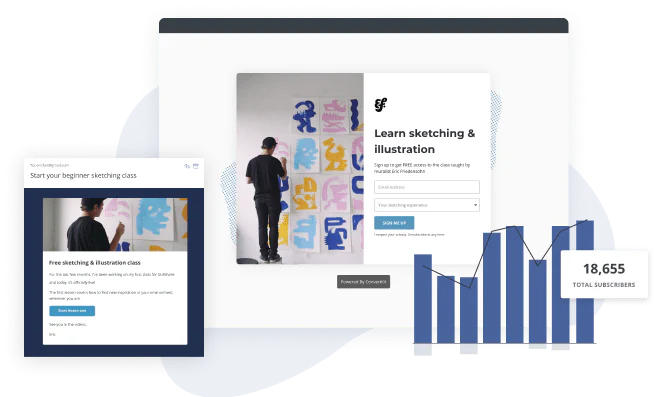In this Article
- New Google and Yahoo email rules: What’s changing?
- Why are these changes happening to email marketing?
- How email sender rules directly impact creators
- Changes your subscribers might see
- How to prepare for new bulk email guidelines
- More resources covering the new Yahoo and Gmail sending requirements
- Frequently Asked Questions





